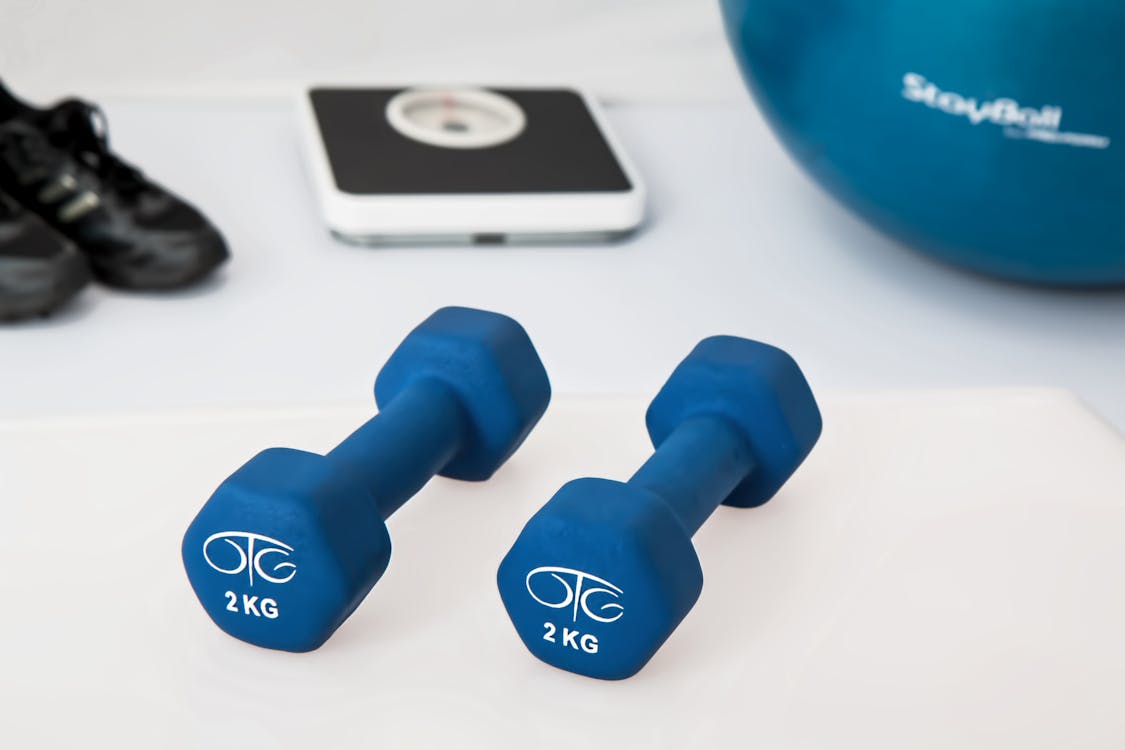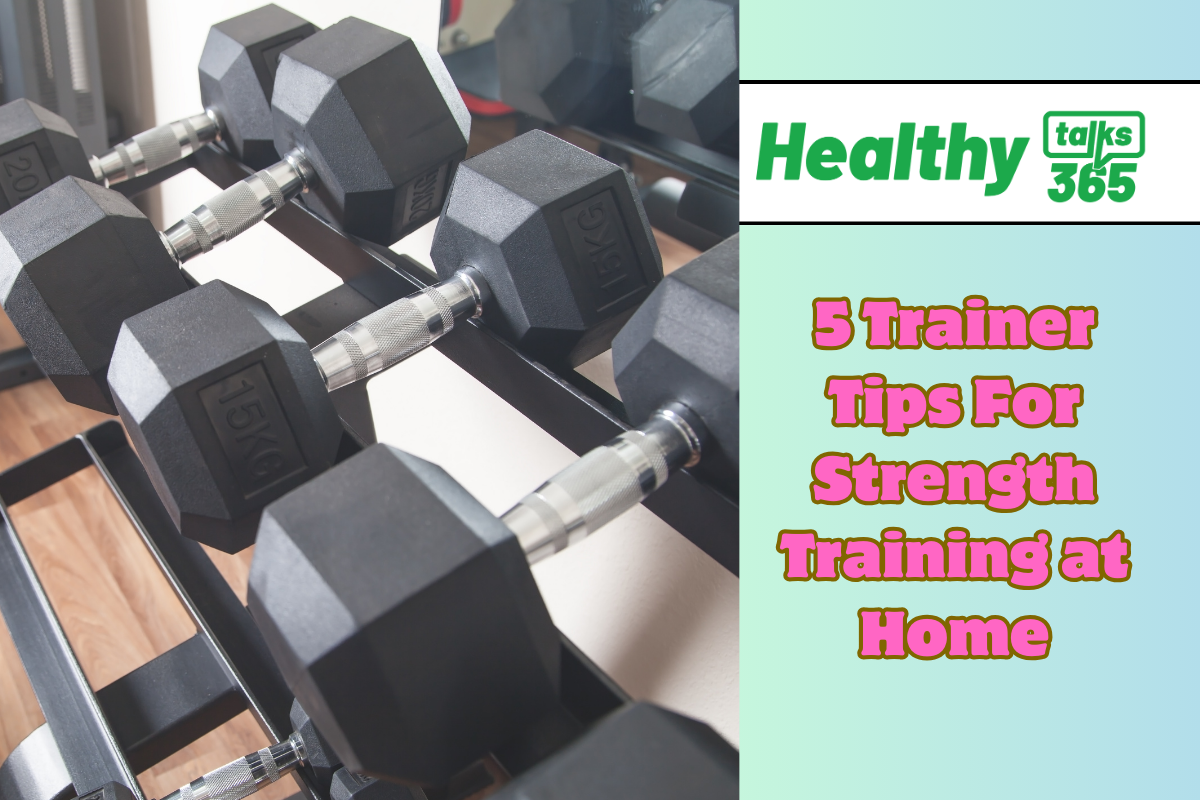5 Trainer Tips For Strength Training at Home
1. Set Clear Goals for strength training at home:
Before starting your at-home strength training routine, it’s important to set clear, realistic goals.
Whether you’re aiming to build muscle, improve strength, or enhance your overall fitness, having a specific goal in mind will help you stay motivated and track your progress.
Consider what you want to achieve with your strength training program and set SMART goals—specific, measurable, attainable, relevant, and time-bound.
Read Also:
Focus While Studying: 10 Proven Methods
2. Start with Bodyweight Exercises for strength training at home:
Bodyweight exercises are a great way to build strength and muscle without the need for equipment.
Exercises like push-ups, squats, lunges, and planks can target multiple muscle groups and provide a challenging workout.
Start with basic exercises and gradually increase the difficulty as you get stronger. Push-ups are an excellent upper body exercise that targets the chest, shoulders, and triceps.
Squats target the muscles of the lower body, including the quadriceps, hamstrings, and glutes. Lunges work the legs and glutes while also engaging the core for stability.
Planks are a full-body exercise that strengthens the core, shoulders, and back muscles.

3. Use Household Items as Equipment for strength training at home:
You don’t need fancy equipment to strength train at home.
All you need for strength training is household items like water bottles, backpacks filled with books, or canned goods that can be used as makeshift weights.
Get creative and look for items around your home that can add resistance to your exercises. Water bottles can be used as dumbbells for exercises like bicep curls, shoulder presses, and tricep extensions.
Backpacks filled with books or heavy objects can add resistance to exercises like squats, lunges, and calf raises.
Canned goods or jars filled with rice or beans can serve as handheld weights for exercises like lateral raises, front raises, and bent-over rows.
4. Focus on Proper Form for strength training at home:
Proper form is crucial for preventing injuries and maximizing the effectiveness of your workouts.
Take the time to learn the correct form for each exercise and focus on maintaining good posture throughout your workouts.
In case you’re unsure about your form, consider consulting a fitness professional for guidance. Maintaining proper form during exercise is essential for targeting the intended muscle groups while minimizing the risk of injury.
Improper form can lead to strain, sprains, and other musculoskeletal injuries, which can derail your progress and hinder your fitness goals.
When performing strength training exercises, pay attention to your body alignment, joint positioning, and movement patterns.

Read Also:
11 Best Ways to Improve Your Digestion
5. Stay Consistent for effective strength training at home:
Consistency is key when it comes to strength training. In order to gain maximum results, aim to work out regularly, ideally at least three times per week.
Set a schedule that works for you and stick to it, even on days when you don’t feel motivated.Remember, progress takes time, so be patient and stay consistent with your workouts.
Making exercise a regular part of your routine is essential for building strength, muscle, and endurance over time.
Consistent training helps to reinforce movement patterns, improve technique, and gradually increase the intensity of your workouts.
Additionally, regular exercise promotes overall health and well-being by reducing stress, boosting mood, and enhancing energy levels.




